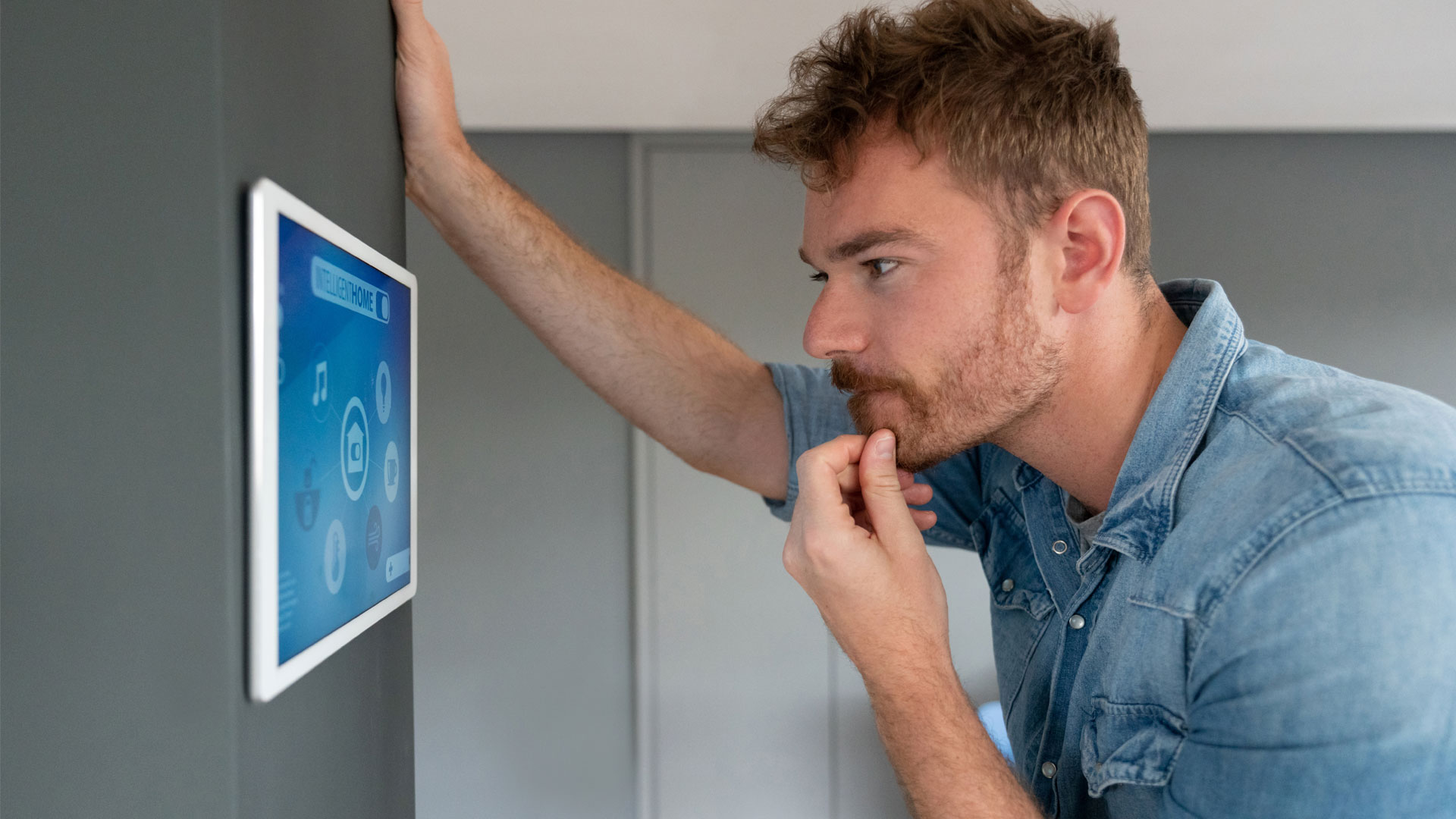
A new, faster Wi-Fi network should be cause for celebration, but while I'm cheering my new all-fiber 300Mbps speeds, every smart home gadget in my home is crying out in horror.
Soon after the installation and upgrade are complete, I get to share in their despair as I realize that roughly 50% of my smart home technology is now offline, fruitlessly pinging a network that no longer exists.
How did we get here?
I made the call to upgrade after the cable company threatened to jack up my monthly bill yet again. Turned out that if I let them replace all my aging and no-longer-supported equipment for new gear, they would actually lower my cable/internet bill.
While swapping out one system for another might seem like an extreme measure, it was for me a calculated move. My all-in-one cable box/router system had been failing for months, dropping all internet access with alarming regularity.
The icing on the cake was that, after years of the fiber connection ending at the pole instead of my house, my cable company now brings fiber optic technology all the way indoors and even does away with classic coaxial cabling (the entire system is wireless).
The cable technician and his apprentice made short work of running the fiber, and setting up and installing three new cable boxes and a new basement-based router. As they were initializing the last box, the tech handed me a sheet of paper with my new Wi-Fi SSID (the name of your Wi-Fi network) and password. I smiled, took the paper, memorized the password (I have a gift for memorizing Wi-Fi passwords and nothing else), and then put the sheet aside.
A house of cards
After they left, I realized that the entire network framework I'd spent years building and formalizing across a disparate collection of smart gadgets was broken. Wandering over to my Nest Learning thermostats, I saw that both were offline. To Google's credit, updating the Wi-Fi settings on a Nest is easy. You simply press the Nest body to access settings, navigate to the Wi-Fi, discover the new network, and then spin the interface to enter all the password characters.
As for the rest of my smart home system, well, it's still kind of a mess. There's a back porch light, for instance, that is now permanently on. I set up this Wi-Fi-enabled bulb ages ago through an app (which one I can scarcely remember, it's not a Wi-Fi password, after all), and control it via Apple Home, where I set up an automation for turning it on at sunset and off at sunrise.
I realized that the entire network framework I'd spent years building and formalizing across a disparate collection of smart gadgets was broken.
The light still appears in Home, but I can't communicate with it because it's not on the new network. There is no way within Apple's Home App to access the light's Wi-Fi settings and update them.
Same with my Eve accessories and Nanoleaf light. The answer in most of these cases might be to open the manufacturer app for each smart gadget and update the Wi-Fi settings there. But that's annoying, and not helpful for consumers who expect centralized smart home management. Otherwise, what's the purpose of Apple's Home and Google's Nest App? The latter does a better job of giving you access to each device's Wi-Fi settings, though the controls are still too buried for my tastes.
What I really want from these smart home apps is for them to recognize when a Wi-FI network goes offline and a new one appears, or at least to provide a simple system control button that lets you change the Wi-Fi settings for all your gadgets at once. Apple Home can help you move your Apple gadgets, like HomePods, from one Network to another, though the guidance is a bit flakey. I wanted the app to tell me the move was done, but I got no such message.
One would hope that the Matter standard, which Apple, Samsung, Google, Amazon, and hundreds of partners are adopting, would solve this, but that's not the purpose of Matter. The smart home standard primarily improves interoperability, but there's nothing about global network reporting, management, and control.
Instead, in order to gain the full benefit of Matter you still need a house full of Matter-supporting devices and hubs. Considering how long it will take for all smart homes to convert from their current hodgepodge setups to Matter-based ones, it's safe to assume that Matter will, for the foreseeable future, play little to no role in solving our most frustrating smart home issues.
It is, it turns out, far easier to swap in a whole new internet sub-system and Wi-Fi than it is to make the changes necessary to become a Matter home, which is why the companies peddling smart-home management apps, and platforms like Apple, Google, and Amazon, still need to do something to ease a transition as normal as changing internet service providers.
As for me, I realize that I made a crucial error when the cable technician handed me that piece of paper. I should have asked him to rename the SSID and password to match what I was already using. Had he done so, I would've had no work to do at all. I can, I'm sure, go into the router's control settings to make those changes. It's something I feel fairly confident doing, though I'm sure that for most consumers that would be a hard no.
Leave it to smart home technology to make you feel dumb. Next time I'm committing my Wi-Fi info to memory, I'll make sure it's the right one first.







